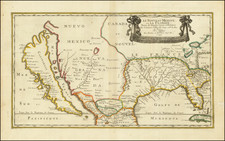Florida's Masterpiece
Original subdivision promotional map for Temple Terrace Estates on the Hillsborough River.
Temple Terrace Estate was incorporated in December 1923, for the purpose of developing a section of Temple Terrace as an upscale residential neighborhood and golf course. The Townsite development program was announced on January 24, 1924 in the Tampa Tribune, with work conducted in earnest to open the golf course by January 1925.
The moniker "Florida's Masterpiece" began appearing in local advertisements in November 1924.
Temple Terrace
The area now known as Temple Terrace was originally part of a 19,000-acregame preserve called "Riverhills" belonging to Chicago socialite Bertha Palmer, wife of businessman Potter Palmer. She played an extensive role in making Sarasota the "City of the Arts" that it is today. She was one of the largest landholders, ranchers, farmers, and developers in Florida at the turn of the twentieth century.
In 1918, The Evening Independent described the preserve as "a well stocked hunting preserve north of Tampa being one of the most attractive hunting grounds in the state." Property acquisition by the Palmers and the Honorés began in 1910.
Mrs. Potter-Palmer's vision for her property was that it be developed into a golf course community surrounded by extensive citrus groves, but her death in 1918 prevented her from fully realizing that vision. At her death, the trustee of her estate and brother, Adrian Honoré, sold her local land holdings to Burks Hamner, Vance Helm, Maud Fowler, Cody Fowler, and D. Collins Gillett, who formed two development corporations: Temple Terrace Estates, Inc., which developed the golf course and residential areas; and Temple Terraces, Inc., which developed 5,000 acres of orange groves that originally surrounded the city to the west and north, the largest orange grove in the world in the 1920s.
The 1920 vision for the community was that wealthy retired Northerners would purchase one of the lots in Temple Terrace, build a Mediterranean Revival villa on the lot and also purchase a parcel in the extensive adjoining citrus grove to either manage as a hobby or provide extra income. Temple Terrace was originally only occupied during "The Season" (which lasted roughly from December to the annual Washington Ball held at the clubhouse on February 22). The rest of the year the houses were cared for by caretakers until The Season came again and the homeowners returned.
In 1924, part of the 5,000-acre area platted as the Temple Orange grove and called Temple Terraces, Inc. was developed into the present-day neighborhood of Temple Crest, immediately adjacent to Temple Terrace and to its west, hugging the Hillsborough River. The land occupied by nearby Busch Gardens was also part of Mrs. Palmer's original 19,000-acre.
Temple Terrace is one of the first planned golf-course communities in the United States (1920). The town plan was created by town planner and landscape architect George F. Young, who also created the plan for nearby Davis Islands (Tampa) and McClelland Park (Sarasota), among others. The architecture was designed in the Mediterranean-Revival style by two different architects at two different time periods. The first phase was in 1921 by noted Tampa architect M. Leo Elliott (Centro Asturiano de Tampa and Old Tampa City Hall) who designed the initial houses and the public buildings. In 1926 renowned New York architect Dwight James Baum (architect of John Ringling's Cà d'Zan, the Hotel El Verona in Sarasota, and the West Side YMCA in New York City) also designed residences in Temple Terrace.
Rarity
The map is apparently a unique survival. We have been unable to locate another example.









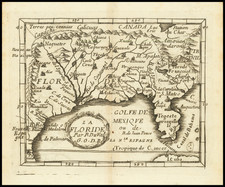
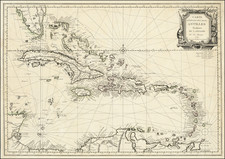
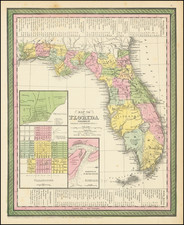
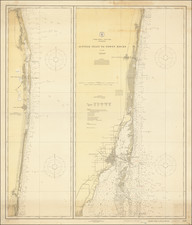
![(Colonial East Florida) [Letter From Thomas Bond in St. Augustine, East Florida, September 14, 1770 to his Father, John Bond, Merchant of Fells Point, Baltimore County, Maryland]](https://storage.googleapis.com/raremaps/img/small/86621.jpg)
